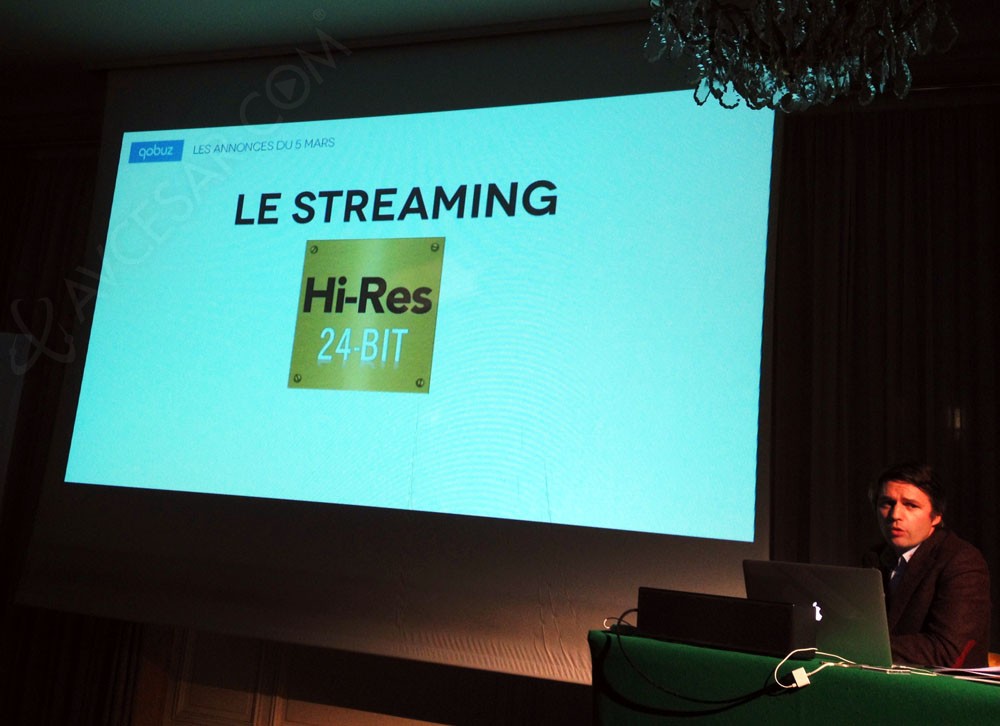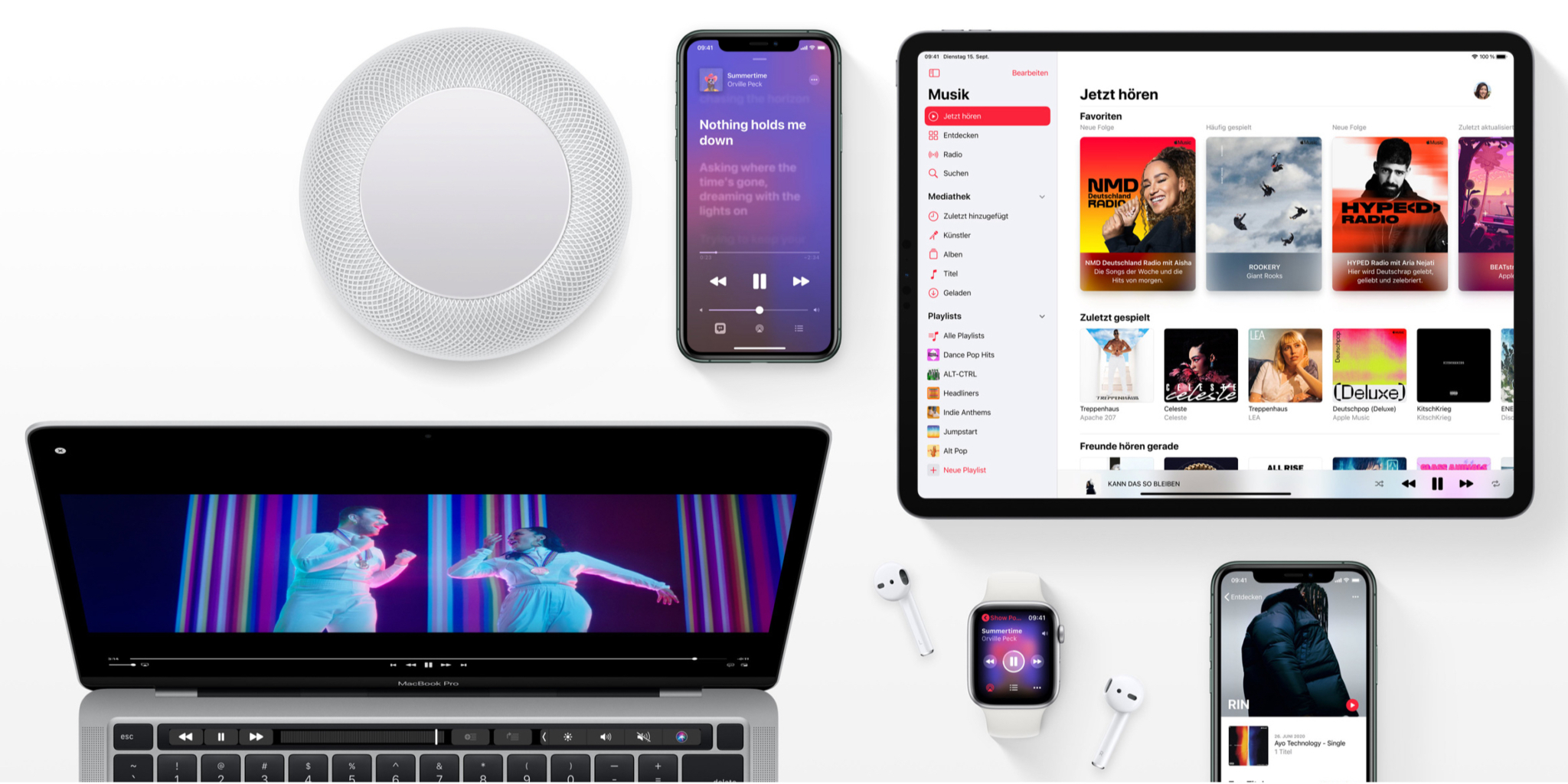

(Apple says the update is "coming soon" for the Android app.) But you’ll have to turn the feature on manually, since the app defaults to AAC lossy compression.

QOBUZ APPLE TV TV
Of course, that’s a range far beyond what’s needed to reproduce music, and no conventional speakers or headphones can play anywhere near that loud, anyway.Īpple devices (iPhones, iPads, Mac computers, and Apple TV media players, but not HomePod speakers, at least not at launch) and the Apple Music app for iOS have received automatic updates to offer lossless audio as an option. That difference may be audible to bats and dogs, but scientific tests-such as a 2010 study by researchers at McGill University-show that to humans, the differences are at most “very subtle and difficult to detect.” Likewise, CD-quality streams use 16-bit samples, enough to cover the range of sound from a pin being dropped to a jackhammer operating at close range, but most high-resolution streams use 24-bit audio, which gets you from pin-drop levels to the volume of a shotgun being fired right next to your ear. But most lossless streaming services can carry high-resolution audio sampled up to 192,000 times per second, enough to reproduce frequencies as high as 96,000 Hz.
QOBUZ APPLE TV FULL
The digital audio on CDs is sampled 44,100 times per second, which is generally considered adequate to cover the full range of human hearing, up to about 20,000 vibrations per second (or hertz). The lossless streams will offer quality at least as good as you hear from CDs, and they can do even better. The advantage of lossy audio transmission is that it requires only about one-third to one-fifth as much internet bandwidth or storage space on your mobile device, so you can fit more downloaded files on your phone and run less risk of blowing past your cell service plan’s data limits.Īpple Music now offers lossless streaming at no additional charge to its subscribers. However, the data these technologies discard consists of sounds that humans rarely, if ever, notice-such as an acoustic guitar string being lightly plucked at the same instant as a loud cymbal crash. A “lossy” service, on the other hand, reduces sound quality by using a compression technology such as MP3, AAC, or Ogg Vorbis to discard most of the original digital data. Lossless music streaming uses compression technologies (FLAC and ALAC) that do not discard any of the music file’s data, so listeners can access a perfect, bit-for-bit reproduction of the original audio. In the world of music-streaming services, “lossless” means that the streaming process does not affect the quality of the sound.


But considering how Apple downplayed the announcement, preferring to focus on its introduction of Dolby Atmos immersive music (which we’ll discuss in a separate article), we have to wonder how many listeners will share audiophiles’ excitement. And so, in the course of a single morning, affordable, no-compromise music streaming had become widely available. Within hours, Amazon Music announced that it would eliminate its $5-per-month charge for lossless streaming. Audiophiles recently got what they’d long demanded: Apple Music announced on May 17 that it was adding a lossless streaming service that delivers uncompromised sound quality at no extra charge.


 0 kommentar(er)
0 kommentar(er)
